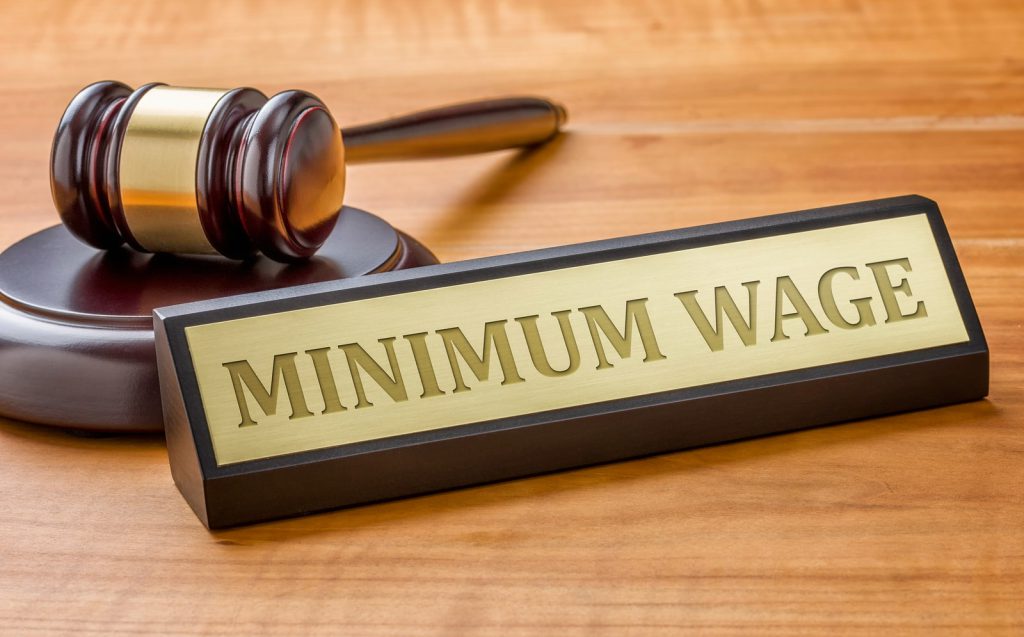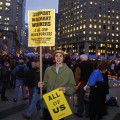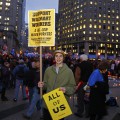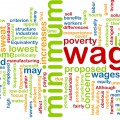While reams of employment statistics have been released since Seattle began its steady climb toward a $15 minimum wage a year ago, it’s still too early for those on either side of this ongoing economic debate to claim victory. Solid, city-specific data simply isn’t available, meaning the controversy is likely to continue for some time with each side declaring victory based on inconclusive data sets.
Seattle’s decision to bump up hourly wages for the city’s lowest paid workers has drawn its share of supporters and critics. Opponents have feared the rise in minimum wage would bring higher unemployment as employers jockeyed to cut costs by shedding positions. That stance appeared to be supported by the U.S. Bureau of Labor Statistics’ employment data that showed a 1% rise in Seattle’s unemployment rate since the first phase of the law went into effect last year. The problem with the data, however, is that it doesn’t break out employment by industry type. That means it’s impossible to discern where the employment dip originates.
Supporters of the wage hike have contended increasing pay would not have negative impacts on employment. The move, some argue, is actually an economic boon since the city’s lowest-paid workers would be able to live more comfortably and inject more money into the economy. This side of the argument got a recent shot in the arm thanks to data revisions issued by the BLS in March 2016. The revised data offers evidence that the city’s gradual rise in pay has actually boosted employment in the restaurant sector by 5.4% over the last year or so. The problem with that data set is that it takes the entire Seattle Metropolitan Statistical Area (MSA) into account. By including communities outside the reach of Seattle’s law in the equation, the revised data paints a flawed picture, as well.
You Might Also Enjoy: Costco Minimum Wage Rises for 1st Time in 9 Years
Seattle’s minimum wage law only impacts businesses within the city limits. Starting in 2015, the law required employers to pay a minimum wage of $10 or $11 an hour, depending on the number of employees they had. On Jan. 1, 2016, the rate went up to $10.50 to $13 an hour based on number of employees. By 2021, all employers will be required to pay $15 an hour.
As the debate over the impact of the hike continues, experts are urging caution in jumping to conclusions. So far, “the sky is not falling,” Jacob Vigdor, a professor of public policy and governance at the Evans School of Public Policy and Governance, said in the Seattle Times. Vigdor is heading up a study on the city’s minimum wage. “If it was really bad, a lot of people would have lost their jobs and every opening would get tons of applicants. That is not happening.”
Rather than rely on the partial-picture data sets released thus far, some experts are recommending the jury remain out until a specific set of data is released. What they’d like to see is data just for the city of Seattle and specifically related to the restaurant industry alone. This would provide more accurate insights into the wage hike’s impact since about 50% of restaurant workers earn minimum wage. Unfortunately, this type of data is only released annually and has not come out since the law was implemented.
While city-specific, industry-specific data will likely offer more accurate insights on the wage hike’s effects, the real impacts won’t be known until the full law is implemented. Until then the controversy will likely continue as opponents and proponents both receive and react to partial pieces of the data puzzle. Only time – and the proper data set – will paint a clear picture.






